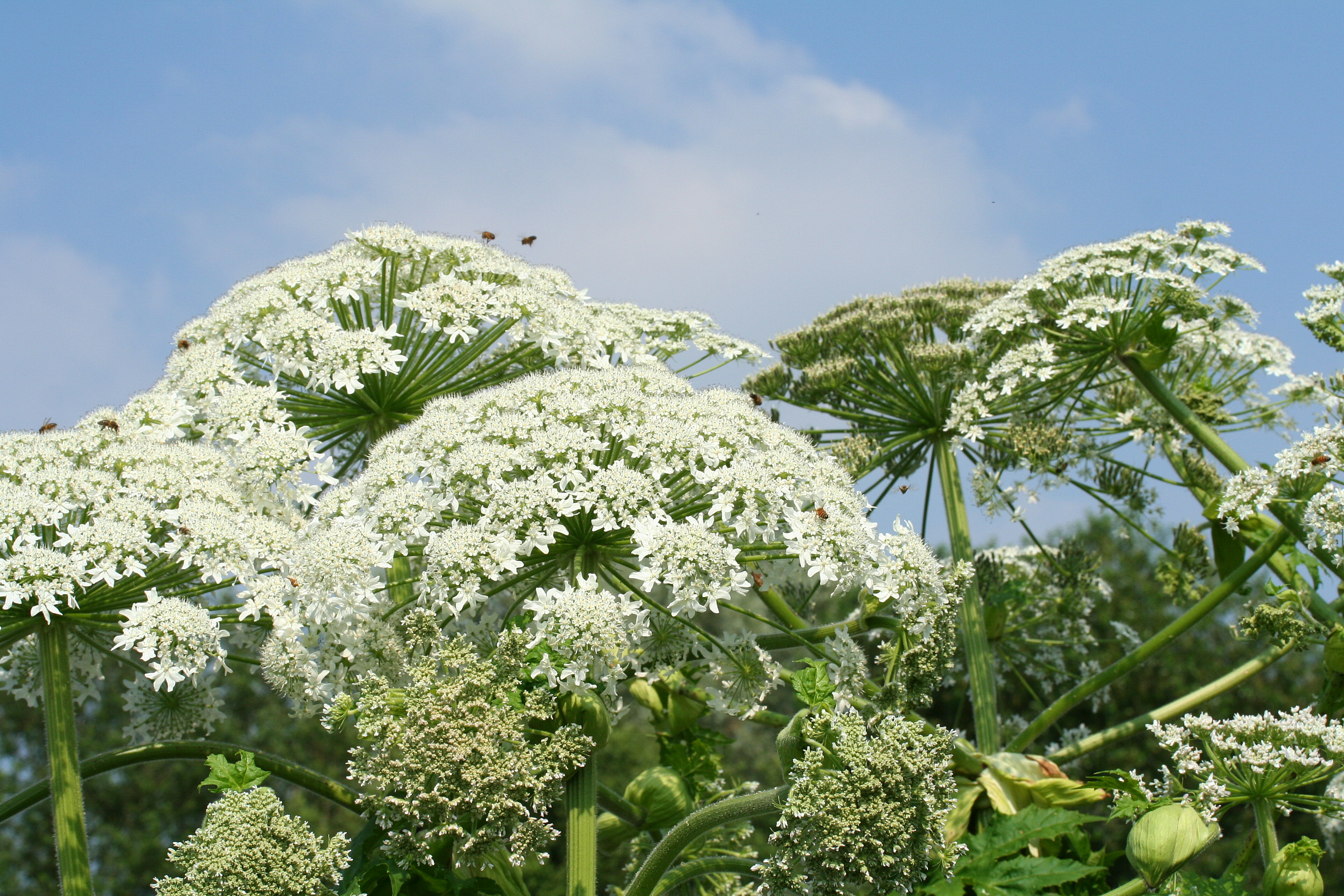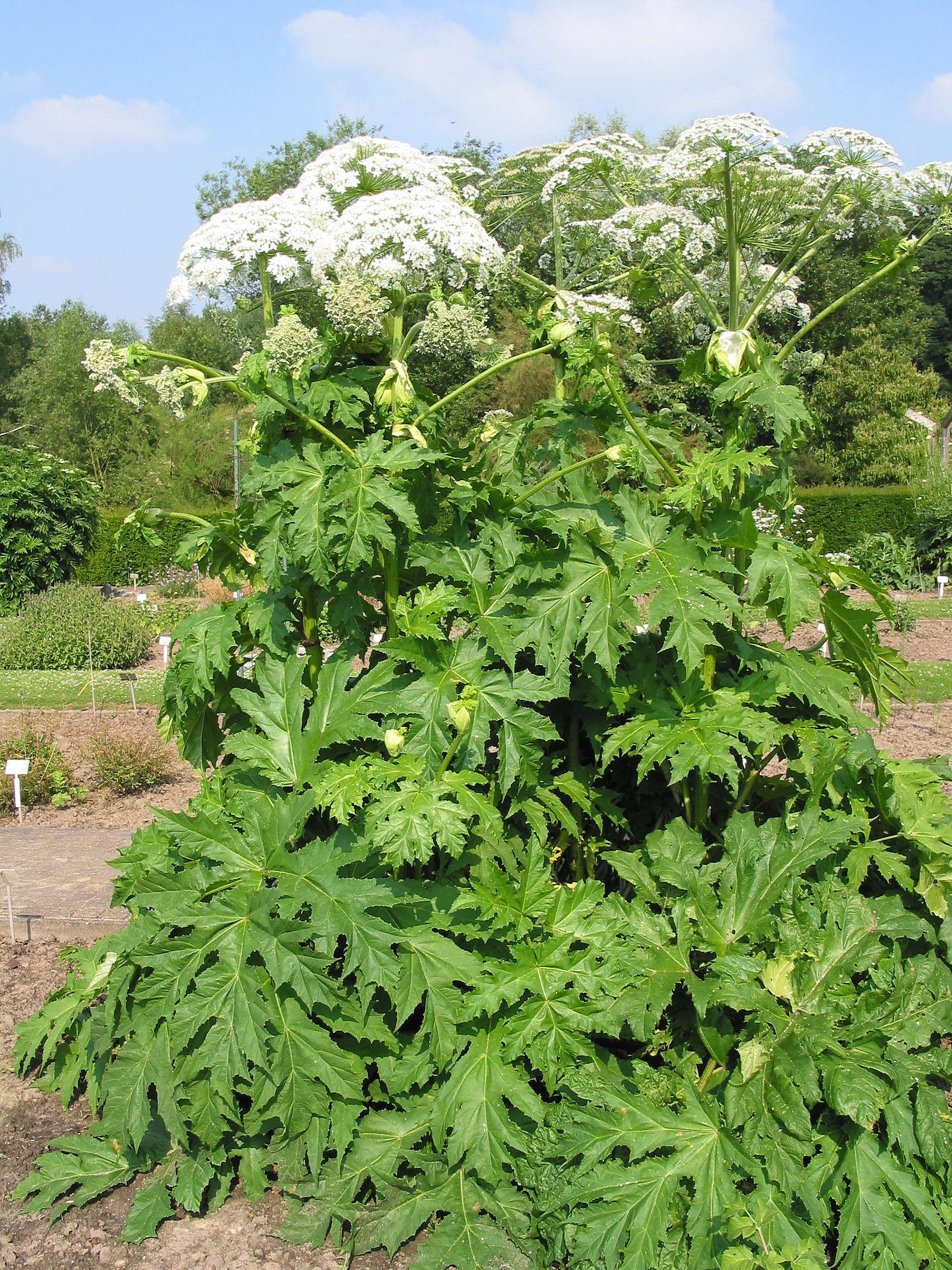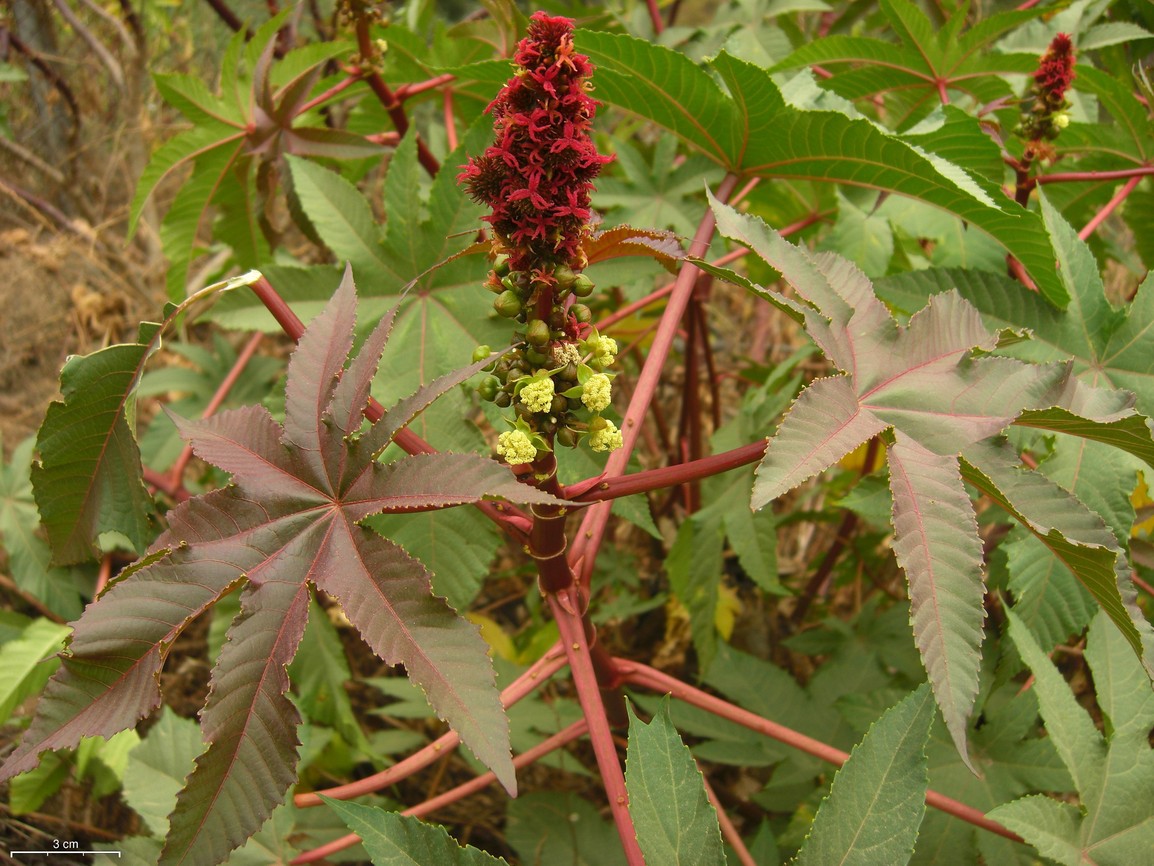Photo by KENPEI licensed under the GNU Free Documentation License
If you garden, you have probably dealt with aphids. These tiny sap-suckers not only drain the plant of valuable sap, they can also serve as vectors for disease. Plants must contend with the ever-present threat of aphid infestation throughout the growing season and have evolved some amazing defenses against these insects. Recently an incredible form of defense against aphids has been described in pyrethrum (Tanacetum cinerariifolium) and it involves smelling like a frightened aphid colony.
Aphids produce their own alarm pheromones when attacked. Because aphids form large, clonal colonies, these pheromones can help warn their kin of impending doom. Other aphids will also eavesdrop on these alarm signals and will avoid settling in on plants where aphids are being attacked. Aphids aren’t the only ones honing in on these scents either. Aphid predators and parasitoids will also use these compounds to locate aphid colonies. As such, these pheromones are helpful to the host plant because it can mean a reduction in aphid numbers.
An alate (winged) green peach aphid (Myzus persicae).
The selection pressured imposed by aphids on plants is so strong that it appears that at least one species of pyrethrum has actually evolved a means of producing these pheromones themselves. Pyrethrum is a member of the aster family (Asteraceae) native to southern portions of Eurasia. Like all flowering plants, its flowers are the most precious organs. They are the key to getting their genes into the next generation and therefore protecting them from herbivore damage is of utmost importance.
It has been discovered that pyrethrums produce an aphid alarm pheromone called ( E )-β-farnesene or EβF for short. The pheromone is not produced in every tissue of the plant but rather it is concentrated near the inflorescence. What’s more, pheromone production is not constant throughout the duration of flowering. Researchers found that production reaches its peak just before the inflorescence opens to reveal the flowers within.
Photo by そらみみ licensed under CC BY-SA 4.0
The production of EβF in pyrethrum appears to serve a dual function. For starters, it actually results in reduced aphid infestation during the early stages of flowering. When the initial aphid attack begins, these insects consume some of the EβF as they feed and release it as they excrete honeydew. Other aphids detect EβF within the honeydew and will actually avoid the plant, likely due to the perception that the aphids feeding there are already under attack.
That does not mean that predators are not to be found. In fact, the other benefit of producing EβF in the inflorescence is that it appears to lure in one of the most voracious aphid predators on the planet - ladybird beetles. The ladybird beetles are able to detect EβF in the air and will come from far and wide to investigate in hopes of finding a tasty aphid meal. The ladybird beetles were most frequently found on plants during the early stages of floral development, which suggests that EβF production in the floral tissues is the main attractant.
A 7-spot ladybird beetle (Coccinella septempunctata). Photo by S. Rae licensed under CC BY 2.0
Interestingly, it has been found that constant production of EβF is less effective at deterring aphids than pulses of EβF. It is thought that just as humans can get used to certain background levels of scent, so too can aphids. If aphids are exposed to high levels of EβF for long periods of time, they simply recognize it as the safe background level and will continue to feed. This may explain why pyrethrum plants only produce EβF for a short period of time during the most crucial stages of floral development. Research like this not only improves our understanding of the myriad ways in which plants defend themselves, it also offers us new avenues for researching more natural ways of defending the plants we rely on from unwanted pests.
Photo Credits: [1] [2] [3] [4]
Further Reading: [1]









